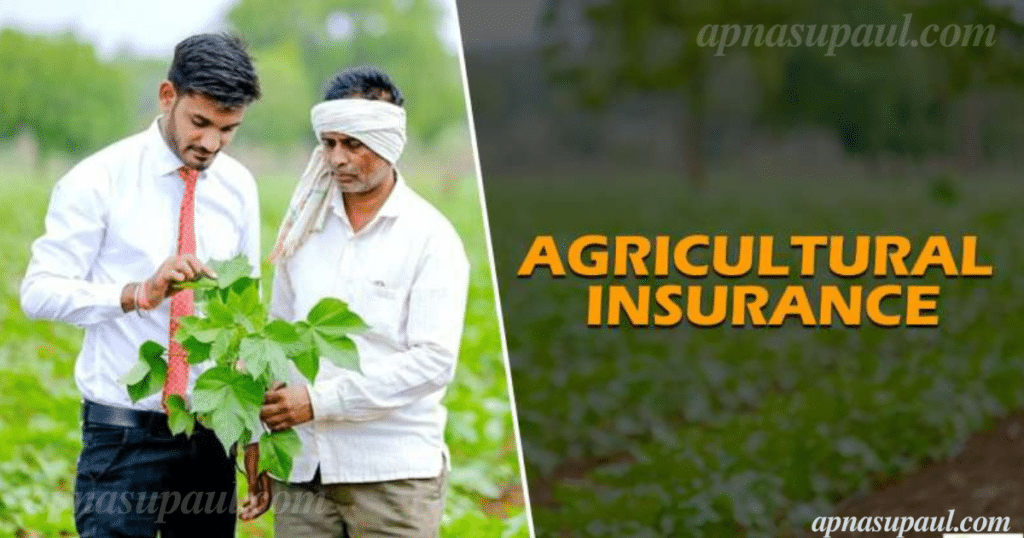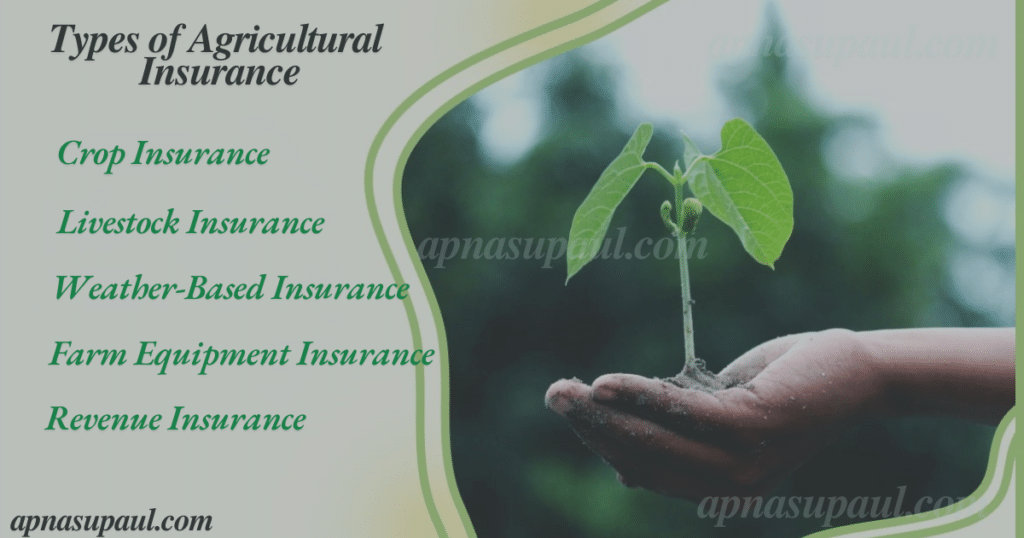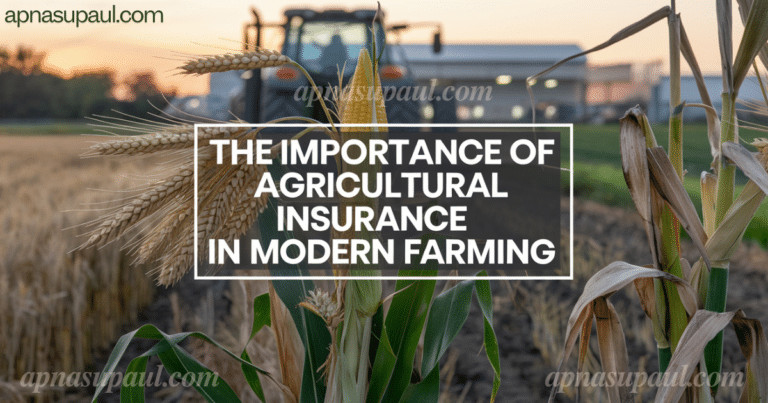In the ever-evolving landscape of agriculture, farmers face numerous uncertainties, from unpredictable weather patterns to market fluctuations and pest infestations. Agricultural insurance has emerged as a vital tool to safeguard farmers against these risks, ensuring stability and sustainability in their livelihoods. This article delves into the significance of agricultural insurance and its role in modern farming practices.
What is Agricultural Insurance?
Agricultural insurance is a financial product designed to protect farmers against losses arising from natural disasters, crop failure, livestock diseases, and other agricultural risks. It provides compensation for damages, enabling farmers to recover from setbacks and continue their operations.
Key Benefits of Agricultural Insurance

Risk Mitigation
Protects farmers from financial losses due to unforeseen events like droughts, floods, pests, and diseases.
Financial Stability
Provides a safety net, allowing farmers to maintain their income even in adverse conditions.
Encourages Investment
With the assurance of risk coverage, farmers are more likely to invest in advanced farming techniques and technologies.
Promotes Food Security
By stabilizing agricultural production, insurance contributes to a consistent food supply, preventing shortages.
Access to Credit
Insured farmers are seen as less risky by lenders, improving their chances of securing loans for agricultural development.
Types of Agricultural Insurance

Crop Insurance
Covers losses due to natural calamities, pest attacks, and diseases affecting crop yields.
Livestock Insurance
Provides protection against the death or illness of farm animals due to disease or accidents.
Weather-Based Insurance
Compensates farmers based on weather conditions like rainfall, temperature, or wind speed, reducing dependence on loss assessment.
Farm Equipment Insurance
Covers damage or loss of farming machinery and equipment due to accidents or natural disasters.
Revenue Insurance
Combines protection for yield and price risks, ensuring farmers achieve a guaranteed income level.
Challenges in Agricultural Insurance
Awareness and Accessibility
Many farmers, especially in remote areas, are unaware of insurance options or face difficulties accessing them.
High Premium Costs
Premiums can be prohibitively expensive for small and marginal farmers.
Complex Procedures
Lengthy documentation and claim settlement processes deter farmers from availing insurance.
Lack of Accurate Data
Insufficient data on weather patterns and crop yields can hinder accurate risk assessment.
Government and Private Sector Initiatives

Governments worldwide have introduced schemes to promote agricultural insurance. For example:
- Pradhan Mantri Fasal Bima Yojana (India): Aims to provide affordable crop insurance to farmers.
- Federal Crop Insurance Program (USA): Offers subsidies to reduce premium costs.
- African Risk Capacity (Africa): Provides insurance solutions for droughts and other risks in African nations.
Private insurers also play a crucial role by introducing innovative products like weather-indexed insurance and digital claim processing.
Future of Agricultural Insurance
With advancements in technology, agricultural insurance is becoming more accessible and efficient:
- Remote Sensing and Satellite Data: Helps in accurate assessment of crop damage.
- Blockchain Technology: Ensures transparent and faster claim settlements.
- Mobile Apps: Facilitate easy policy purchase, premium payment, and claim filing.
Also Read : Protecting Your Loans With Credit Insurance: What You Need To Know

